The top 10 3D printing achievements of 2022
3D printing is now considered a genuine production tool in its own right. As per the global industry report by Strategic Market Research, the global 3D printing market size is projected to reach $77.83 billion in 2030 and, ongoing R&D alongside the rising demand of prototypes for various business applications like healthcare, aerospace, and automotive is driving the growth.
Here, Electronic Specifier looks back at some of the top 3D printing achievements of the past 12 months.
1. 3D printed fingertips for robots

A highly sensitive, 3D printed fingertip could help robots become more dexterous and improve the performance of prosthetic hands by giving them an in-built sense of touch.
Machines can beat the world’s best chess player, but they cannot handle a chess piece as well as an infant. This lack of robot dexterity is partly because artificial grippers lack the fine tactile sense of the human fingertip, which is used to guide our hands as we pick up and handle objects.
Two papers published in the Journal of the Royal Society Interface give the first in-depth comparison of an artificial fingertip with neural recordings of the human sense of touch. The research was led by Professor of Robotics & AI (Artificial Intelligence), Nathan Lepora, from the University of Bristol’s Department of Engineering Maths and based at the Bristol Robotics Laboratory.
Professor Lepora and colleagues created the sense of touch in the artificial fingertip using a 3D printed mesh of pin-like papillae on the underside of the compliant skin, which mimic the dermal papillae found between the outer epidermal and inner dermal layers of human tactile skin. The papillae are made on advanced 3D printers that can mix together soft and hard materials to create complicated structures like those found in biology.
2. 3D printing enabled French biathlete to train despite injury
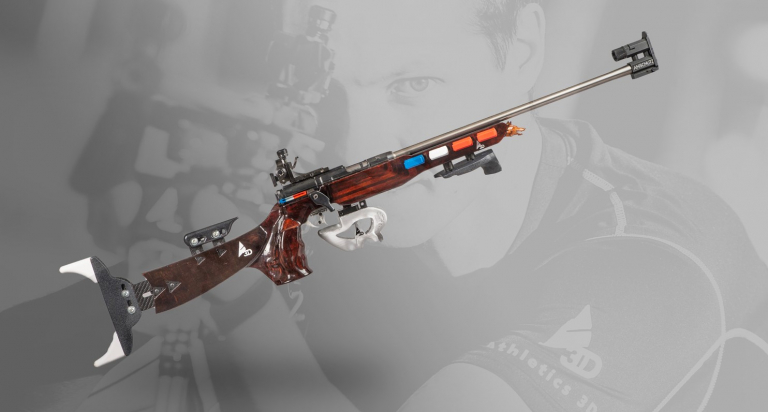
Athletics 3D, a French company making custom sports gear, used the Zortrax M300 Dual 3D printer working with BASF Ultrafuse PP GF30 filament to make a modified hand stop to enable one of their star biathletes to train despite a wrist injury.
The custom biathlon rifle hand stop was designed to compensate for the extent and nature of movement restrictions caused by the injury. Hospital examination revealed that the radius and ulna, two bones in the forearm, were fractured. This meant that the athlete’s forearm supination and ulnar deviation angle were severely limited which rendered aiming with a standard biathlon rifle impossible in the prone position. The custom hand stop was finally 3D printed on the Zortrax M300 Dual which was factory-calibrated to work with BASF Ultrafuse PP GF30.
3. 3D printing for disabled animals
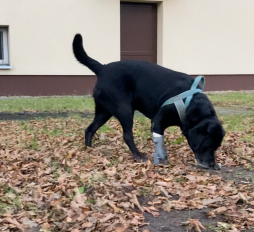
Disabled animals now have the chance to move freely thanks to 3D printed prostheses. Maciej Szczepański, a fifth-year student of veterinary medicine at Wrocław University of Environmental and Life Sciences, used the Zortrax Inventure 3D printer to create prostheses tailored to the individual needs of a given animal.
So far, Szczepański has helped Sonia and Leto – dogs who lost their limbs due to traffic accidents.
3D printing, thanks to its flexibility, low production costs and rapid prototyping opportunities is used in many industries and in recent years has been ranked among the fastest growing markets in the world (Statista Research Department, October 2021). One of the sectors increasingly using additive manufacturing technologies is medicine. Among the many other possibilities offered by 3D printing in this industry, users can enumerate the production of pre-operative models or dedicated medical devices. Maciej Szczepański decided to use 3D printing to help maimed animals.
4. Selfridges’ 3D printing robot
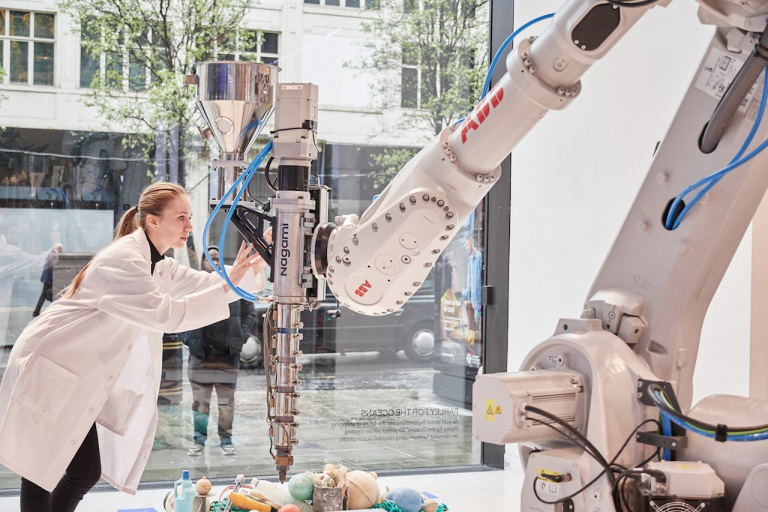
One of London’s most iconic department stores showcased an ABB robot in its window display where shoppers could see it 3D printing a range of designer items using upcycled Parley Ocean Plastic.
Developed in partnership with environmental organisation and global network, Parley for the Oceans, and design brand, Nagami, the demonstration used ABB’s simulation software, RobotStudio and an IRB 6700 robot to create a variety of printed furniture, homeware, and other objects made from Parley Ocean Plastic.
Customers could select the object they want printed via a screen and it was made to order on the premises.
This demonstration was part of Selfridges’ SUPERMARKET concept, which challenges consumers to think about how the goods they purchase are produced and the impact of this production on the environment.
5. Recycled glass waste used in 3D printing

Researchers from Nanyang Technological University, Singapore (NTU Singapore) have developed the capability to use recycled glass in 3D printing, opening doors to a more environmentally sustainable way of building and construction.
Glass is one material that can be 100% recycled with no reduction in quality, yet it is one of the least recycled waste types. Glass is made up of silicon dioxide, or silica, which is a major component of sand, and therefore it offers significant untapped potential to be recycled into other products.
At the same time, due to growing populations, urbanisation and infrastructure development, the world is facing a shortage of sand, with climate scientists calling it one of the greatest sustainability challenges of the 21st century.
For these reasons, the NTU research team is seeking to find ways to recycle glass by 3D printing it into items for everyday use.
6. 3D printed schools

From the first day that Russia began its aggression in February 2022, many started to devise strategies and activities in times of the war. It was on the minds of many how to approach the reconstruction of Ukraine after the wartime conflict.
HIT (Humanitarian Innovative Technologies) has been providing humanitarian aid to the country since the first day the conflict broke out, providing support to 100,000 refugees and is now bringing in 3D printing technology to start the recovery effort even before the end of the war.
The pilot project has already started in Ukraine. They began with a public school, that will be opening at the beginning of 2023, in Lviv, Ukraine, as 75,000 children have been displaced in the region and 50,000 will reside permanently there.
Also, in 2022, Maggie Grout, a Business Administration graduate from the University of Colorado Boulder, has seen her dream of building a school for children in developing countries become a reality.
But it’s not just any school she’s built. She built it using 3D printing technology. In Madagascar. During a pandemic.
7. Bee-inspired flying 3D printers
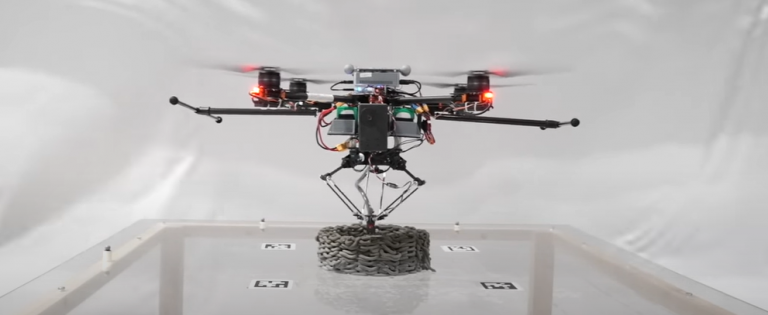
Imperial College London and Empa researchers have created a fleet of bee-inspired flying 3D printers that build and repair structures while flying.
The technology, which has been tested in the lab, could ultimately be used for manufacturing, and building in difficult-to-access or dangerous locations such as tall buildings or help with post-disaster relief construction, say the researchers.
This new approach to 3D printing – led in its development by Imperial and Empa, the Swiss Federal Laboratories of Materials Science and Technology – uses flying robots, known as drones, that use collective building methods inspired by natural builders like bees and wasps who work together to create large, intricate structures.
The drones in the fleet, known collectively as Aerial Additive Manufacturing (Aerial-AM), work co-operatively from a single blueprint, adapting their techniques as they go. They are fully autonomous while flying but are monitored by a human controller who checks progress and intervenes, if necessary, based on the information provided by the drones.
8. 3D printing bioelectronic sensors
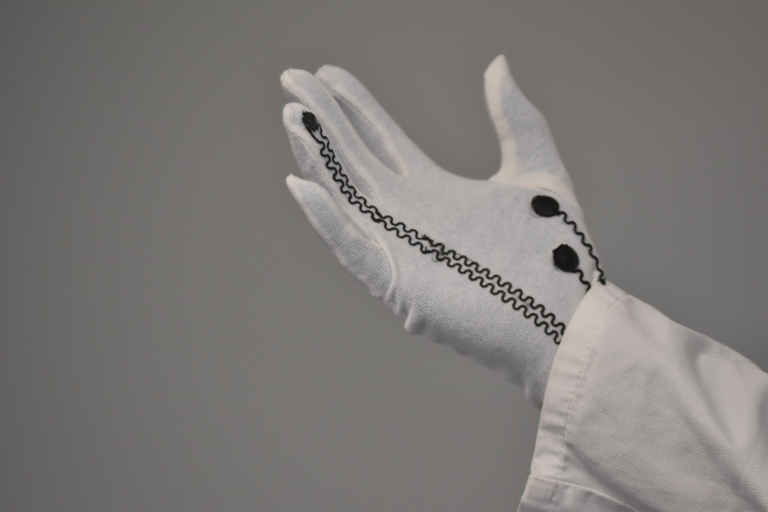
When the Department of Automatic Control and Systems Engineering (ACSE) at The University of Sheffield was looking for a way to accurately 3D print bioelectronic sensors, it reached out to Intertronics for support.
The company supplied mixing and dispensing equipment to improve the consistency and quality of the mix, achieve better printing definition, and reduce blockages in the nozzle of the 3D printer.
To improve the way recovery from injury and the progression of neurological/musculoskeletal conditions are monitored, the ACSE team is developing a diagnostic glove that includes several flexible bioelectronic sensors. The sensors are formed from elastomers mixed with various conductive nano or micro particle compounds, like graphite, platinum, and silver, which are 3D printed onto the glove’s material.
9. North America’s first 3D printed two-story building
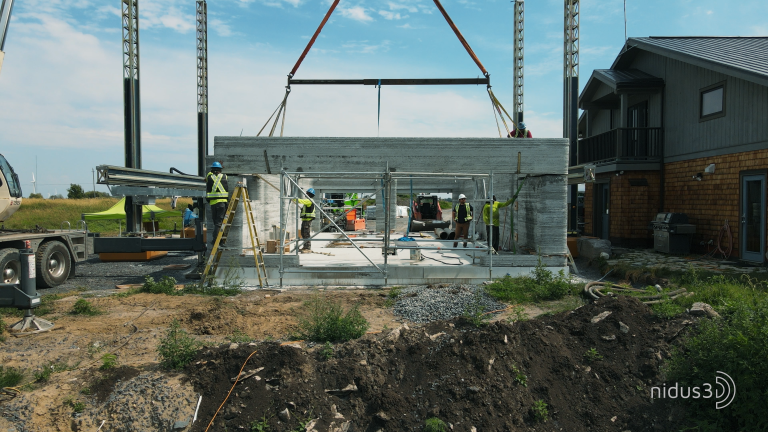
While the US and Canada have seen several 3D printed buildings in recent years, until now all of these have been single-story buildings.
Now Canadian 3D construction printing company, nidus3D, is proving that there is much more to 3D construction printing than just smaller one-story houses. The completion of the printing of this two-story building in Ontario, marks the building as the first multi-story 3D printed building in North America.
Nidus3D used the BOD2 printer from COBOD, whose technology has already been proved in several countries and used to 3D print the first two- and three-story buildings in Europe. As another advantage of the COBOD 3D construction printer, the BOD2 can print with real concrete with a particle size up 10mm and 99% based on locally found raw materials. COBOD developed this low cost solution, which is called D.Fab in cooperation with the cement giant Cemex.
10. 3D printed guns
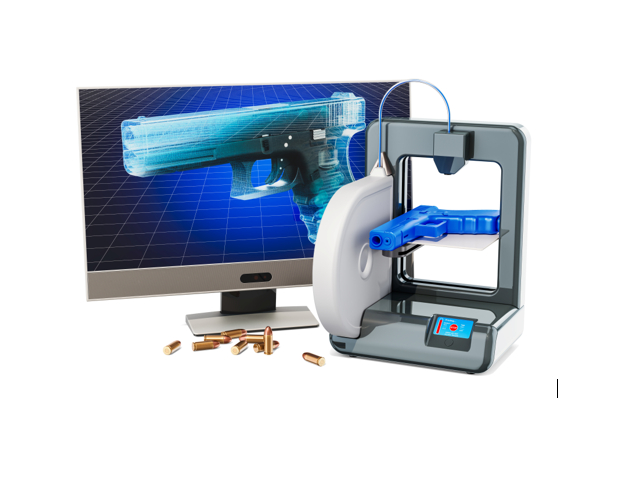
This last one, I admit, is less of an achievement and more of a demonstration of how 3D printing technology can be used for bad.
With 3D printers becoming cheaper and technology making the lives of consumers easier every day, it means that to produce anything in 3D is becoming simpler.
In October 2022, Police in the UK discovered an alleged 3D firearms factory in London, and the National Crime Agency (NCA) have recognised that these weapons are evolving from unreliable single-shot guns to credible automatic firearms – capable of firing multiple rounds. There are even free resources readily available online with detailed instructions on how to manufacture a 3D printed weapon.
There will always be a way for someone to manipulate technology towards the destruction of mankind but, on the whole, the advancement of technology is a positive step in the right direction for both the planet and mankind.






